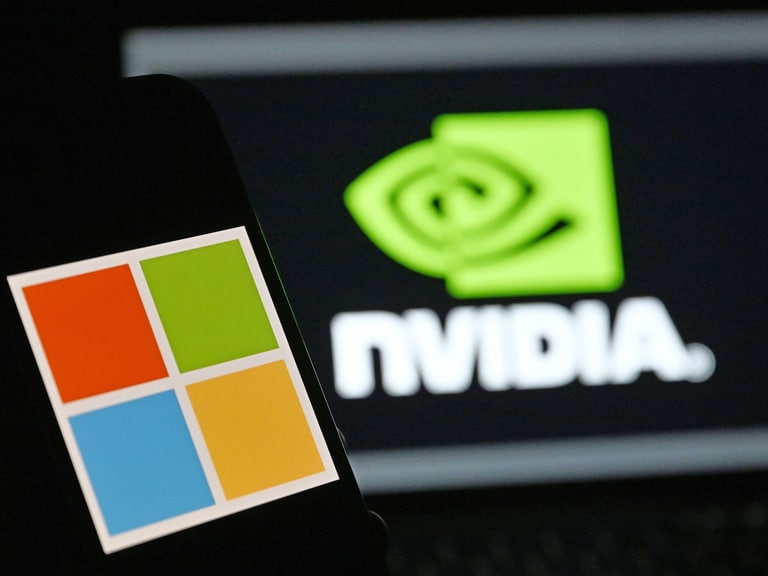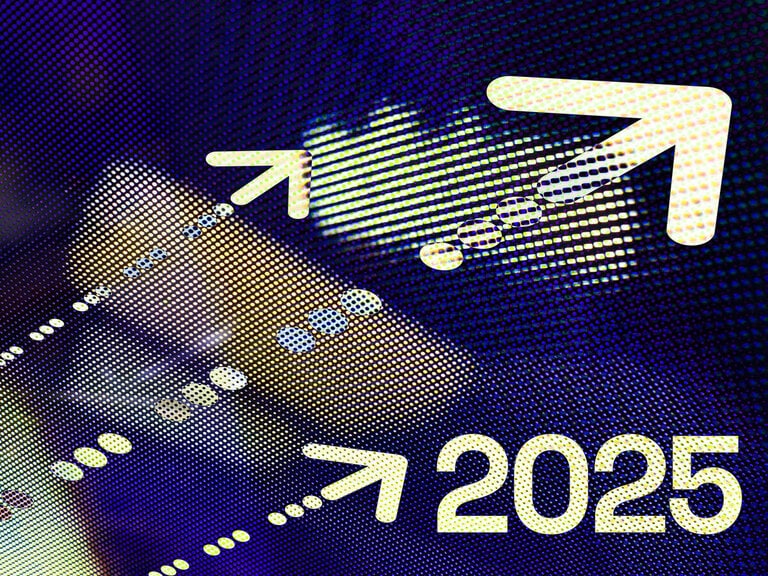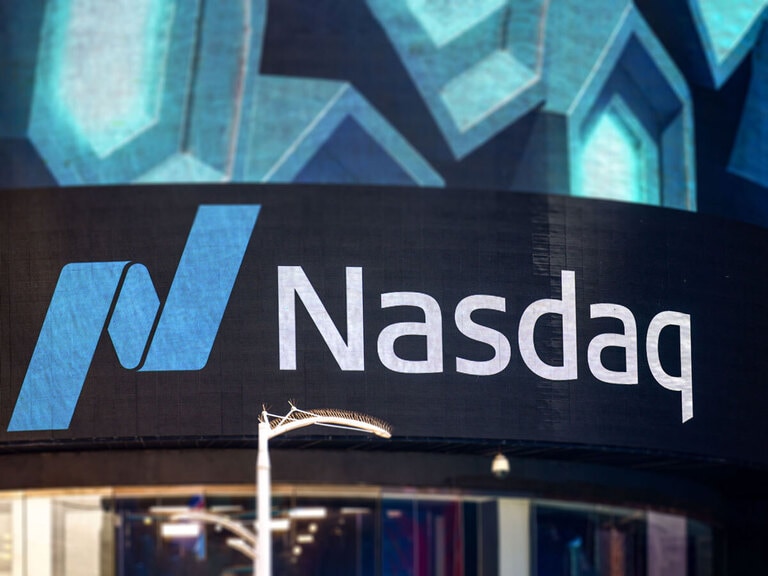The BP [BP.L] share price hasn’t exactly been delivering for investors in 2022. Like its rivals — and much of the wider market — BP’s stock has suffered from pessimism surrounding global equity markets this year.
The drop in the BP stock comes despite 2021 being a bumper year for profits thanks to a surge in global energy prices and a prolonged oil price rally. But over the long term, the company is looking towards upping its green credentials.
Before the pandemic struck, the big debate in the sector was whether BP and its peers could wean themselves off oil and gas and focus on clean energy. A major deal for an Australian renewable project puts these concerns back in the spotlight. Can BP balance long-term investment in renewables with delivering for shareholders in the short term?
What’s happening with BP’s share price?
BP’s share price has had a rough first half of 2022, having slipped 14.8% since the start of the year to close Friday 17 June at 379.45p. Not helping matters recently is talk of a possible windfall tax on energy company profits.
BP’s stock is well off pre-pandemic levels, when it was trading above 500p at the start of 2020. Is a rally back to those levels possible? The 22 analysts offering price targets have a 12-month median target of 490.78p, suggesting a 29.3% upside on Friday’s close.
BP’s big green bet
On 15 June BP announced it had bought a 40.5% stake in an Australian renewable energy project Asian Renewable Energy Hub (AREH) for an undisclosed amount. “AREH is set to be one of the largest renewable and green hydrogen energy hubs in the world and can make a significant contribution to Australia and the wider Asia Pacific region’s energy transition,” said Anja-Isabel Dotzenrath, BP’s executive vice president of gas and low carbon energy.
The 6,500 sq km site in the Pilbara mining region in Australia was conceived by Intercontinental Energy, CWP Global and Macquarie Capital. Its aim is to produce 26GW of solar and wind power — around one-third of Australia’s capacity — and about 1.6m tonnes a year of green hydrogen.
The project faces some challenges, however, including limited government support and the lack of a global hydrogen supply chain. For shareholders, the concern is whether BP can balance investment in this area with profits from its existing business.
Earnings still dependent on oil and gas
BP first unveiled its green strategy in September 2020, when it called for a 40% reduction in oil and gas production over the decade. At the time, BP chief executive Bernard Looney said that oil, gas and refining efforts would be reduced until 2025, although this would be offset by growth in other areas. Investors were naturally concerned that profits would be affected.
When the strategy was announced, the pandemic had sapped demand for fossil fuels. Since then, prices for oil and gas have sharply rebounded. In the full year 2021, BP saw a major upswing in profits. Underlying replacement cost profit, a proxy for net profits, came in at $12.8bn, trumping the $5.7bn net loss in 2020. Looney said that the company was “delivering for shareholders today, while at the same time leaning into the future and transforming the company”.
The war in Ukraine will have an impact on 2022 earnings, though. In the first quarter of the year, BP reported a $20bn loss primarily due to its decision to exit Russian energy company Rosneft. Still, underlying replacement cost profit was $6.2bn, compared with $4.1bn for the previous quarter. This was driven by exceptional oil and gas trading, higher oil realisations and stronger refining.
BP wants to capture 10% of the hydrogen market by 2030. This will help it balance volatile oil and gas earnings, along with responding to investor concerns about the environmental impact of fossil fuels. At the same time, it needs to minimise any impact on earnings. Getting this right will be the trick.
Disclaimer Past performance is not a reliable indicator of future results.
CMC Markets is an execution-only service provider. The material (whether or not it states any opinions) is for general information purposes only, and does not take into account your personal circumstances or objectives. Nothing in this material is (or should be considered to be) financial, investment or other advice on which reliance should be placed. No opinion given in the material constitutes a recommendation by CMC Markets or the author that any particular investment, security, transaction or investment strategy is suitable for any specific person.
The material has not been prepared in accordance with legal requirements designed to promote the independence of investment research. Although we are not specifically prevented from dealing before providing this material, we do not seek to take advantage of the material prior to its dissemination.
CMC Markets does not endorse or offer opinion on the trading strategies used by the author. Their trading strategies do not guarantee any return and CMC Markets shall not be held responsible for any loss that you may incur, either directly or indirectly, arising from any investment based on any information contained herein.
*Tax treatment depends on individual circumstances and can change or may differ in a jurisdiction other than the UK.
Continue reading for FREE
- Includes free newsletter updates, unsubscribe anytime. Privacy policy





